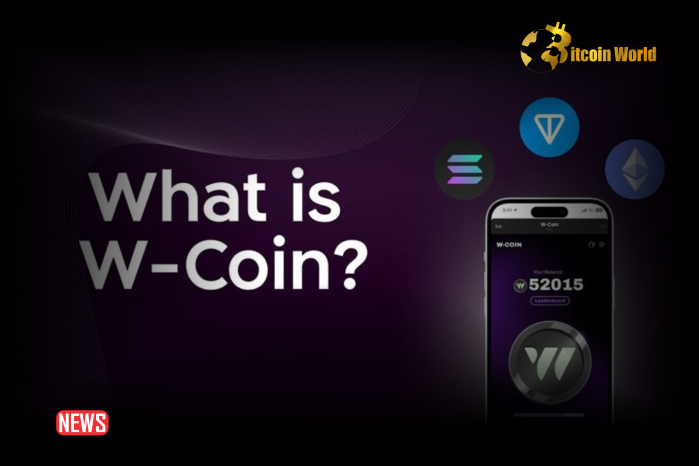Ethereum Records Lowest Gas Fees Since 2016 Amid Higher Efficiency and Strong Transaction Activity
- Ethereum’s gas fees have plummeted to their lowest levels since 2016, a major milestone for the network.
- The current average gas fee is 3 Gwei ($0.14), highlighting a significant decrease in transaction costs.
- Brian Smocovich, founder of Pistachio Fi, notes that the Ethereum gas market has become more efficient, citing the EIP-4844 upgrade.
Discover why Ethereum’s gas fees are at an all-time low and how recent updates have optimized the network’s efficiency.
Historic Low for Ethereum Gas Fees
The Ethereum network, a cornerstone of decentralized finance and blockchain technology, has recently seen an unprecedented drop in its gas fees. Etherscan data shows that the average gas fee has plummeted to just 3 Gwei, equating to a mere $0.14. This is a stark contrast to the exorbitant fees experienced during the 2021 bull run when demand surged, particularly in the NFT market.
Factors Influencing the Decrease in Fees
Several factors have contributed to this dramatic reduction in gas fees. The introduction of “blob transactions” through the EIP-4844 upgrade has significantly enhanced Ethereum’s scalability. Additionally, the Layer-1 market’s increased efficiency, bolstered by the Layer-2 volume, has played a crucial role. These developments have ensured a smoother and more cost-effective transaction process on the network.
Implications of the Reduced Gas Fees
The lowered gas fees have far-reaching implications for the Ethereum network. Not only do they alleviate the cost burden on users, but they also challenge the earlier narrative of Ethereum being an unsustainable network due to high fees. In recent times, despite robust transaction activity mirroring levels from earlier this year, the fees have remained low, demonstrating the network’s enhanced efficiency.
Shifting from Deflationary to Inflationary
With the significant drop in fees, Ethereum has transitioned from being a deflationary network to an inflationary one. The minimal fees mean that the amount of ETH being burned is now considerably lower. This is a substantial shift from the earlier “ultra sound money” narrative that gained traction before the Dencun upgrade. Over the past week, data from ultrasound.money indicates that 14,393 ETH has been added, translating to an annual supply growth of 0.62%.
Conclusion
The dramatic decline in Ethereum’s gas fees marks a pivotal development in the network’s evolution. Enhanced by recent upgrades and more efficient market mechanics, Ethereum continues to perform robustly despite the low transaction costs. This shift not only benefits users but also sets the stage for future growth and sustainability. As Ethereum approaches new supply peaks, the network’s trajectory will be closely watched by investors and developers alike.






